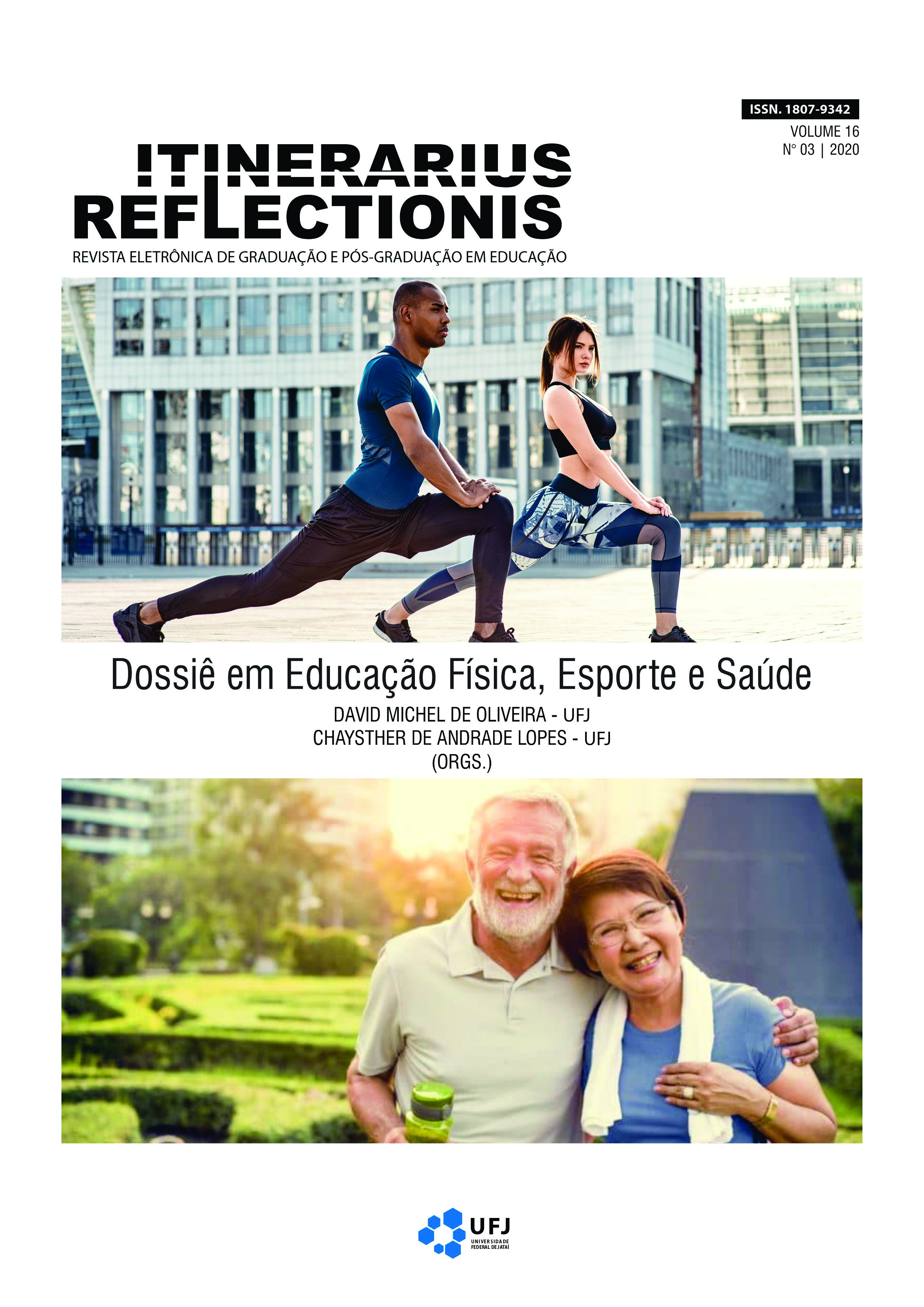Exercício resistido e hipertrofia regional da musculatura esquelética: revisão de literatura
DOI:
https://doi.org/10.5216/rir.v16i3.61864Abstract
Skeletal muscle hypertrophy is characterized by increased cross-sectional area (AST) through stimuli produced by resistance exercise (ER). Some studies have shown that gains in skeletal muscle hypertrophy in response to ER occur nonuniformly throughout the muscle, this process is also known as regional hypertrophy. This study was constituted through a bibliographical review. The analysis of scientific papers, books and researches carried out in the SciELO, LILACS and PubMed databases, covering international papers was used to collect data. The work in the literature is scarce in relation to ER and regional hypertrophy in the different muscle groups, the quadriceps seems to present greater hypertrophy in the proximal region and extensor chair in the medial and distal regions. Already the triceps the variation of the angulations of the exercises seems to directly influence the regional hypertrophy. On the other hand, the biceps brachii seems to have greater increase in the medial and proximal regions and this response is influenced by the type of contraction or speed of the execution of the exercise. Regarding the hamstrings and pectoralis major, studies on regional hypertrophy related to these muscles are insufficient in the literature. In addition, differences in muscle activation and contractile protein synthesis appear to be the major factors responsible for different hypertrophic responses throughout the muscle.
Downloads
Downloads
Published
How to Cite
Issue
Section
License
Os artigos encaminhados para publição na revista ITINERARIUS REFLECTIONIS deverão ser originais e não publicados ou propostos para tal fim em outra revista. Aceitam-se artigos escritos em Português, Espanhol e Inglês. A revista ITINERARIUS REFLECTIONIS se reserva o direito de efetuar, nos originais, alterações de ordem normativa, ortográfica e gramatical, com vistas a manter o padrão culto da língua, respeitando, porém, o estilo dos autores. As provas finais não serão enviadas aos autores. Texto sobre Copyright do conteúdo da Revista.


